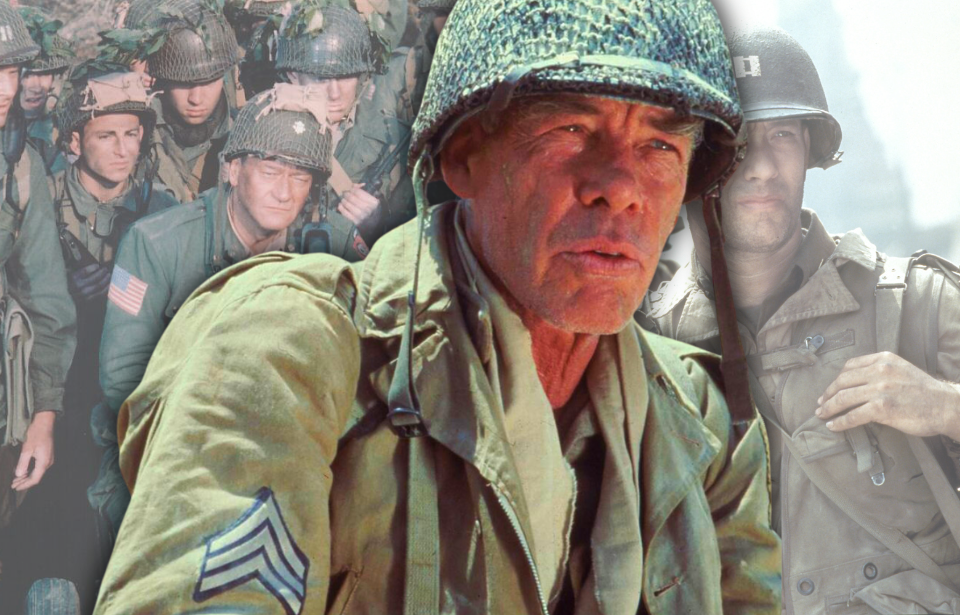June 6, 1944—D-Day—remains one of the defining moments of World War II, marking the massive Allied invasion of Normandy. The scale of the operation and the bravery of those who fought have inspired filmmakers for decades. Many movies have sought to bring this day to life, portraying not only the brutal combat and tactical decisions but also the personal stories of sacrifice, fear, and extraordinary bravery.
Below is a collection of the greatest D-Day films ever made—powerful stories worth adding to your watchlist.
My Way (2011)
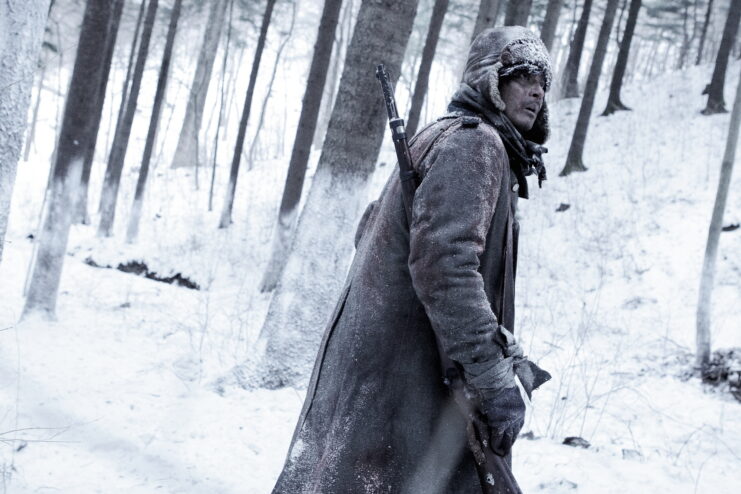
Overlord (1975)
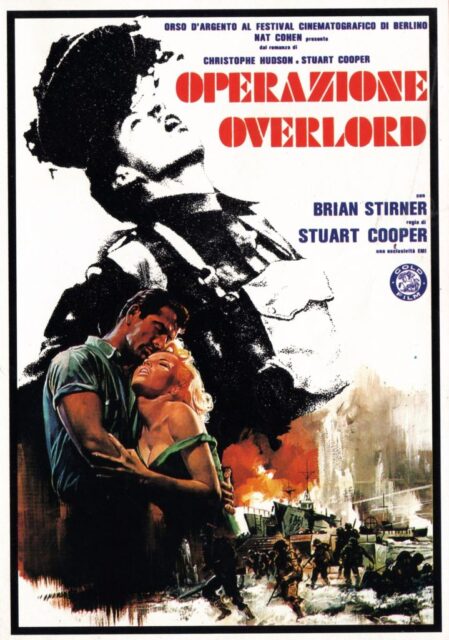
The black-and-white cinematography heightens the film’s documentary-like atmosphere, making the historical events feel immediate and deeply impactful. The inclusion of real wartime footage not only lends authenticity but also serves as a poignant reminder of war’s profound human cost. Overlord delves into the psychological and emotional experiences of soldiers, vividly portraying the fears, hopes, and overwhelming sense of dread many felt in the lead-up to and during the invasion.
The Longest Day (1962)
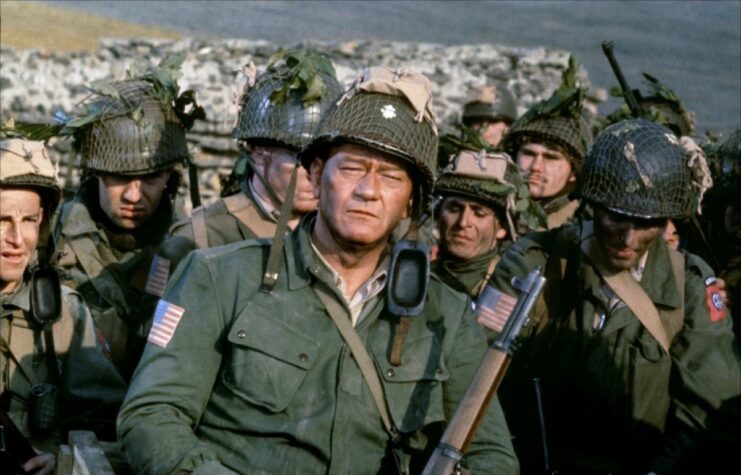
The Longest Day (1962) is essential viewing for history enthusiasts, offering a detailed depiction of the Allied landings on D-Day during World War II. Based on Cornelius Ryan’s book of the same name, the film provides a comprehensive, multi-perspective narrative of the events of June 6, 1944. Its dedication to historical accuracy is evident through the use of real locations, authentic military equipment and a commitment to factual detail.
The ensemble cast, featuring John Wayne, Henry Fonda and Richard Burton, adds gravitas and depth to the portrayal of various Allied and Axis characters, with many actors having served in the conflict themselves. Additionally, The Longest Day makes sure to use multiple languages and viewpoints, offering a thorough understanding of the invasion’s complexities and scale.
The Big Red One (1980)
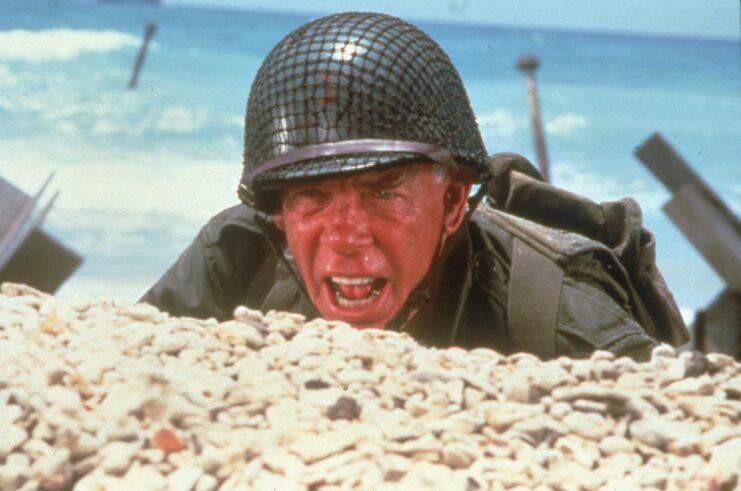
The Big Red One (1980) provides a gritty and authentic portrayal of soldiers’ experiences during World War II. Directed by Samuel Fuller, a veteran of the 1st Infantry Division (“The Big Red One“), the film offers a deeply personal and realistic perspective on the war.
The narrative follows the journey of American soldiers from North Africa to Europe, culminating in the key events of D-Day. Through its focus on the soldiers’ camaraderie, hardships, and resilience, the film reveals a poignant and human dimension of the conflict. Lee Marvin delivers a compelling performance as the battle-hardened Sergeant, adding depth and authenticity to the story. Meanwhile, the film’s meticulous attention to historical detail increases its overall impact.
Saving Private Ryan (1998)
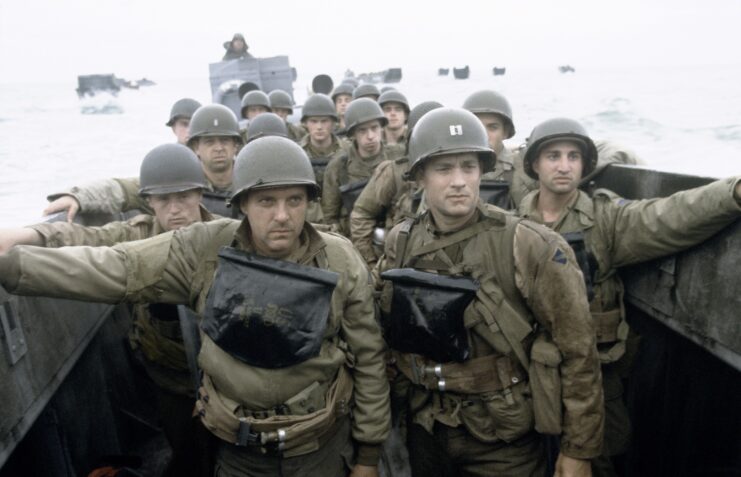
Saving Private Ryan (1998) is a quintessential D-Day movie due to its intense, realistic portrayal of the Normandy invasion and its emotional, character-driven narrative. Directed by Steven Spielberg, the film opens with a harrowing depiction of the Omaha Beach landings, capturing the chaos, brutality and heroism of the men involved.
This powerful sequence sets the tone for the rest of the film, which follows a group of American soldiers, led by Capt. John Miller (Tom Hanks), on a mission to return home Pvt. James Ryan (Matt Damon), whose brothers have all been killed in action (KIA).
The film’s commitment to historical accuracy, combined with its visceral cinematography and sound design, immerses viewers in the wartime experience. Its exploration of the themes of duty, sacrifice and the human cost of war resonate with viewers, making it more than just an action film. The performances – particularly Hanks’ – add depth to the characters, enhancing the impact of the story.
36 Hours (1964)
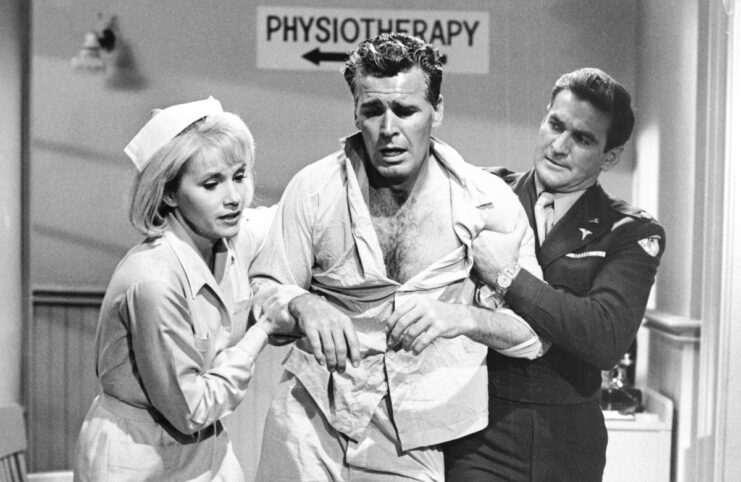
36 Hours (1964) is a compelling D-Day movie, due to its unique premise and psychological tension. Directed by George Seaton and based on the short story Beware of the Dog by Roald Dahl, it diverges from the genre’s traditional narratives by opting to focus on espionage and psychological manipulation, rather than battlefield action.
The plot centers around Maj. Jefferson Pike (James Garner), who’s captured by the Germans just before D-Day. The Germans, led by Maj. Walter Gerber (Rod Taylor), create an elaborate ruse to convince Pike that the war is over and that he is recovering from a bout of amnesia in an American hospital, all in an effort to extract the Allies’ invasion plans. Tensions build as he slowly begins to realize the truth, and he must outwit his captors to prevent the crucial information from being revealed.
Garner and Taylor’s performances add depth to their characters, making the psychological battle between them both engaging and intense. Eva Marie Saint’s role as an unwilling accomplice adds an emotional layer, highlighting the personal conflicts and moral dilemmas faced by individuals during the conflict.
D-Day the Sixth of June (1956)
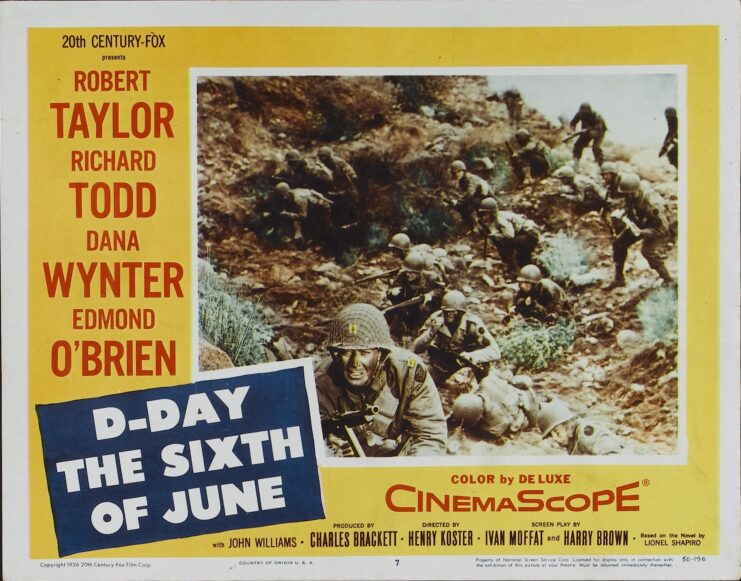
D-Day the Sixth of June (1956) is noteworthy for its blend of romance, personal drama and historical action, providing a multi-faceted view of the events surrounding the Normandy invasion. Directed by Henry Koster, the film follows American Capt. Brad Parker (Robert Taylor) and British Lt. Col. John Wynter (Richard Todd) as they prepare for and participate in D-Day. The story becomes enriched by a love triangle involving Parker, Wynter and Valerie Russell (Dana Wynter).
The movie’s strength lies in its ability to humanize the soldiers involved in the Allied landings by looking at their personal lives and relationships, alongside their military duties, creating a more relatable and engaging story. The release also does well in its depiction of D-Day, combining dramatic storytelling with realistic battle scenes, offering a balanced portrayal.
Band of Brothers (2001)
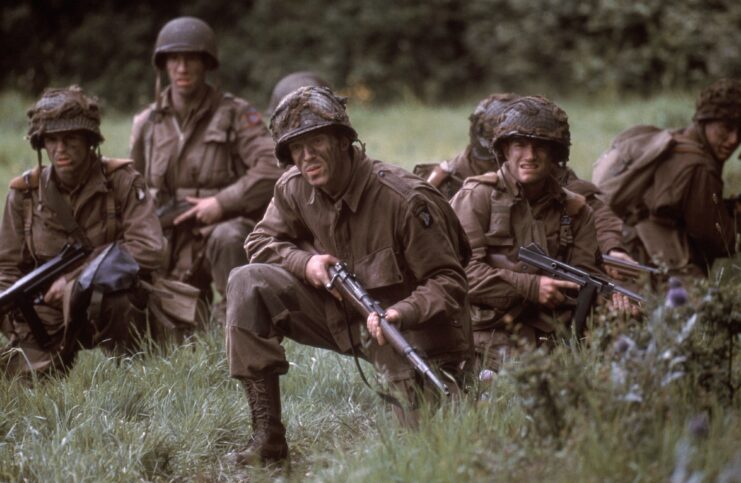
Band of Brothers (2001) provides a detailed depiction of D-Day and the fighting in the European Theater through the experiences of 2nd Battalion, Easy Company, 506th Parachute Infantry Regiment, 101st Airborne Division. While not a movie, the miniseries, based on the book by Stephen E. Ambrose, offers a view of the Normandy invasion through the eyes of the paratroopers who were among the first to engage in combat that fateful June day.
The depiction of D-Day in Band of Brothers begins with the harrowing night jump into Normandy on June 6, 1944. The episode, “Days of Days,” captures the chaos and confusion of the nighttime drop, where paratroopers are scattered across the countryside, often landing far from their intended drop zones. This emphasizes the disorientation and danger they faced while attempting to regroup under fire and navigate enemy territory.
